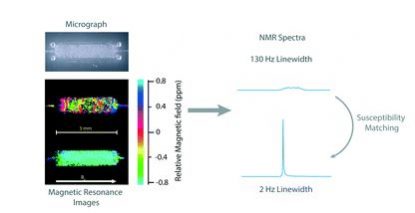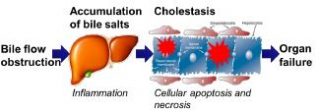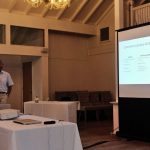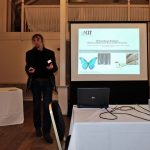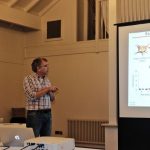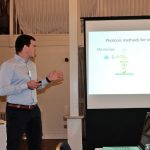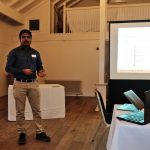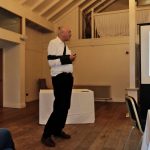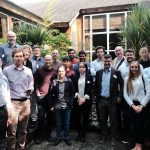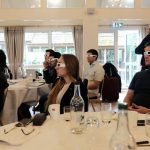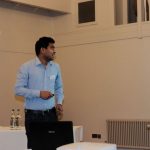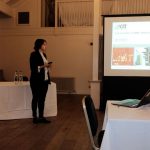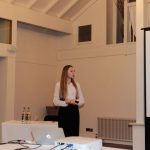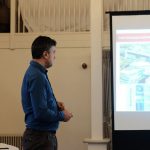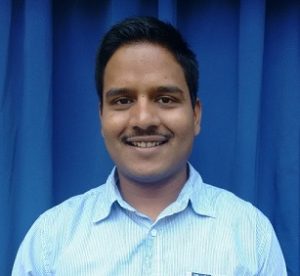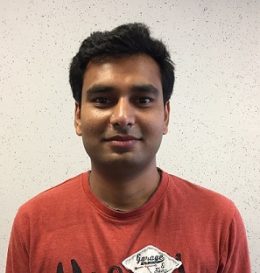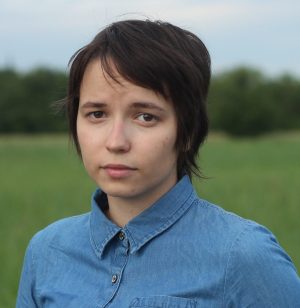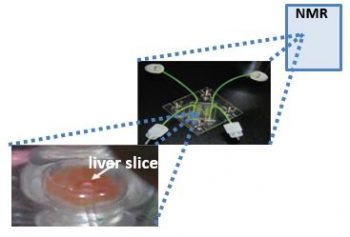Saraí M. Torres Delgado, David J. Kinahan, Lourdes Albina Nirupa Julius, Adam Mallette, David Sáenz Ardila, Rohit Mishra, Celina M. Miyazaki, Jan G. Korvink, Jens Ducrée, Dario Mager
Biosensors and Bioelectronics, 2019
In this paper we present a
wirelessly powered array of 128 centrifugo-pneumatic valves that can be
thermally actuated on demand during spinning. The valves can either be
triggered by a predefined protocol, wireless signal transmission via Bluetooth, or in response to a sensor monitoring a parameter like the temperature, or homogeneity of the dispersion. Upon activation of a resistive
heater, a low-melting membrane (Parafilm™) is removed to vent an
entrapped gas pocket, thus letting the incoming liquid wet an
intermediate dissolvable film and thereby open the valve. The proposed
system allows up to 12 heaters to be activated in parallel, with a
response time below 3 s, potentially resulting in 128 actuated valves in
under 30 s. We demonstrate, with three examples of common and standard
procedures, how the proposed technology could become a powerful tool for
implementing diagnostic assays on Lab-on-a-Disc. First, we implement
wireless actuation
of 64 valves during rotation in a freely programmable sequence, or upon
user input in real time. Then, we show a closed-loop centrifugal flow
control sequence for which the state of mixing of reagents, evaluated
from stroboscopically recorded images, triggers the opening of the valves. In our last experiment, valving and closed-loop control are used to facilitate centrifugal processing of whole blood.

